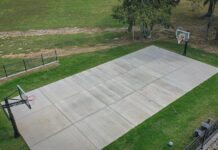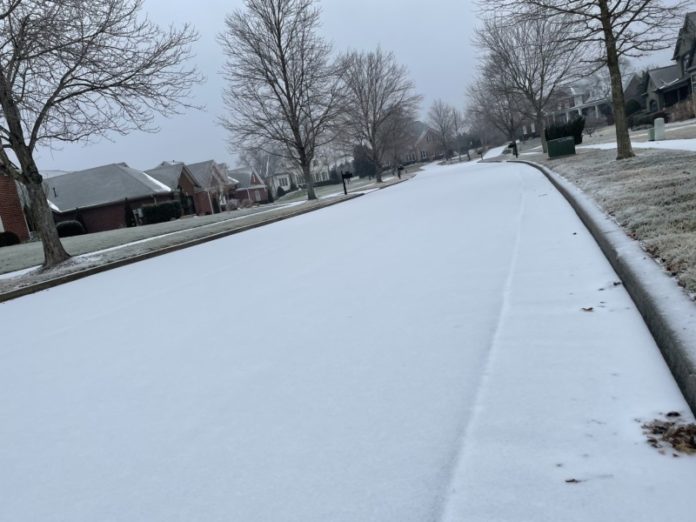More winter weather is coming to Middle Tennessee. As you watch and read weather reports, you may have heard the terms “Winter Storm Watch” or “Winter Weather Advisory” but maybe you aren’t exactly sure what that means. Below, we break down what these terms (and many more) mean so you can be prepared.
To stay up to date on winter advisories and to see a live weather radar, visit maurycountysource.com/weather.
Know Your Terms
(from weather.gov)
Winter Storm Warning: Issued when hazardous winter weather in the form of heavy snow, heavy freezing rain, or heavy sleet is imminent or occurring. Winter Storm Warnings are usually issued 12 to 24 hours before the event is expected to begin.
Winter Storm Watch: Alerts the public to the possibility of a blizzard, heavy snow, heavy freezing rain, or heavy sleet. Winter Storm Watches are usually issued 12 to 48 hours before the beginning of a Winter Storm.
Winter Storm Outlook: Issued prior to a Winter Storm Watch. The Outlook is given when forecasters believe winter storm conditions are possible and are usually issued 3 to 7 days in advance of a winter storm.
Blizzard Warning: Issued for sustained or gusty winds of 35 mph or more, and falling or blowing snow creating visibilities at or below ¼ mile; these conditions should persist for at least three hours.
Wind Chill Warning: Issued when wind chill temperatures are expected to be hazardous to life within several minutes of exposure.
Winter Weather Advisories: Issued for accumulations of snow, freezing rain, freezing drizzle, and sleet which will cause significant inconveniences and, if caution is not exercised, could lead to life-threatening situations.
Dense Fog Advisory: Issued when fog will reduce visibility to ¼ mile or less over a widespread area.
Snow Flurries: Light snow falling for short durations. No accumulation or light dusting is all that is expected.
Snow Showers: Snow falling at varying intensities for brief periods of time. Some accumulation is possible.
Blowing Snow: Wind-driven snow that reduces visibility and causes significant drifting. Blowing snow may be snow that is falling and/or loose snow on the ground picked up by the wind.
Sleet: Rain drops that freeze into ice pellets before reaching the ground. Sleet usually bounces when hitting a surface and does not stick to objects. However, it can accumulate like snow and cause a hazard to motorists.
Freezing Rain: Rain that falls onto a surface with a temperature below freezing. This causes it to freeze to surfaces, such as trees, cars, and roads, forming a coating or glaze of ice. Even small accumulations of ice can cause a significant hazard.
Related:
- What You Should Have in Your Emergency Kit
- Tips for Driving in Snowy Conditions
- Live Weather Radar
- Tips to Prevent Frozen Pipes
Subscribe to our FREE Newsletter!



























